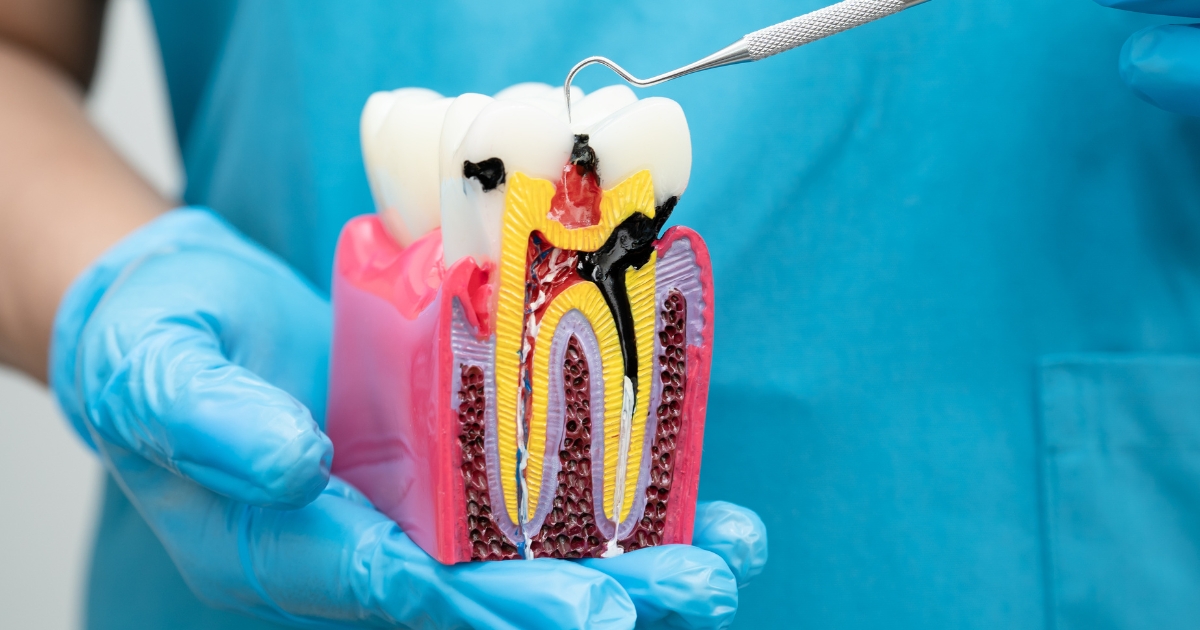
Shaken by the sharp pain while biting on to your favorite dessert? This can be your body’s way of signaling that something is wrong with your tooth and its roots. If you’ve been brushing off these symptoms, you should see a dental professional for an assessment. There is a chance that you might need a root canal treatment.
Read this blog to learn about the signs of tooth decay and how this dental procedure can preserve your teeth.
Why Do You Need A Root Canal Treatment?
The soft pulp inside your tooth can get infected or inflamed because of a variety of reasons. This procedure will take out your infected pulp, flush the infection out, and fill the tooth with a sealant.
Here is how to tell if you need a root canal or not:
- Has your pain been lingering for days or weeks? This sharp pain is a warning sign of severe dental infection. The discomfort may radiate to your jaw and face.
- Does having hot coffee or cold ice cream feel like a nightmare? If you keep experiencing continuous sensitivity, it could signal pulp damage.
- An underlying infection can make the gums around the damaged tooth swell excessively. Only this surgery can help you find relief.
- Do your teeth look too gray or brown? This may indicate that your tooth’s nerves are gradually dying.
Why Shouldn’t You Ignore These Signs?
Ignoring these signs can have severe consequences on your health and can result in:
- Untreated infections can spread to other parts of your body, causing serious health complications.
- Delaying treatment increases the chances of permanently losing the affected teeth.
- Early intervention with a root canal can save both your time and money compared to more extensive procedures like extractions and implants.
How Will Your Dentist Decide If You Need A Root Canal?
Are you experiencing any of these symptoms? Here is how a dentist will check the extent of damage to your teeth:
- They will use X-rays to spot infections deep inside the root of your tooth.
- Pulp Testing can help the dental professional determine whether the nerve inside your tooth is still alive.
- The dentist will also check for visible signs like swelling, discoloration, or cracks.
What to Expect During a Root Canal Treatment?
Here are the steps that you might have to undergo during this treatment:
- The dental professional will numb the affected area with ocal anesthesia. You won’t feel any apin or discomfort.
- They will completely remove the infected pulp and clean the bacteria from within your tooth.
- The space is then filled with a biocompatible material and sealed to avoid any risks of reinfection.
- Finally, a natural-looking crown is placed on top of the treated tooth for extra protection and function.
This process usually takes two visits. With modern dental technology, this surgery is more comfortable than ever.
When Should You Call Your Dentist?
Are you experiencing any of the symptoms mentioned in this guide? Catching it early can help you prevent unnecessary pain and problems in the future. Don’t let tooth pain ruin your life anymore! If you think you need a root canal or are unsure about your symptoms, professionals can help.
Do you want to get freedom from your toothache? Contact us today for a consultation.


